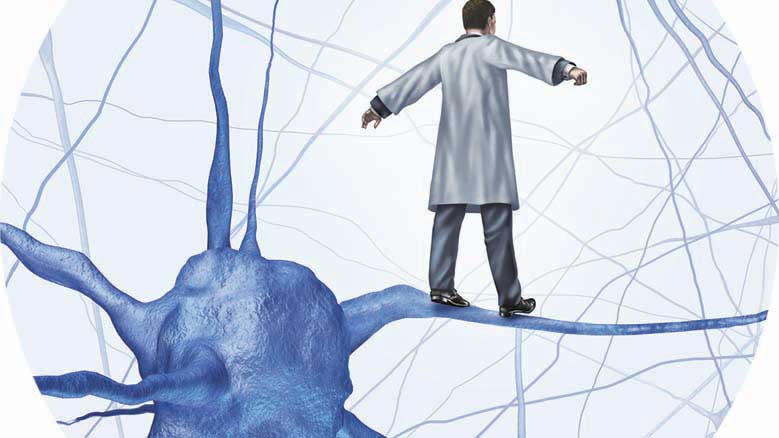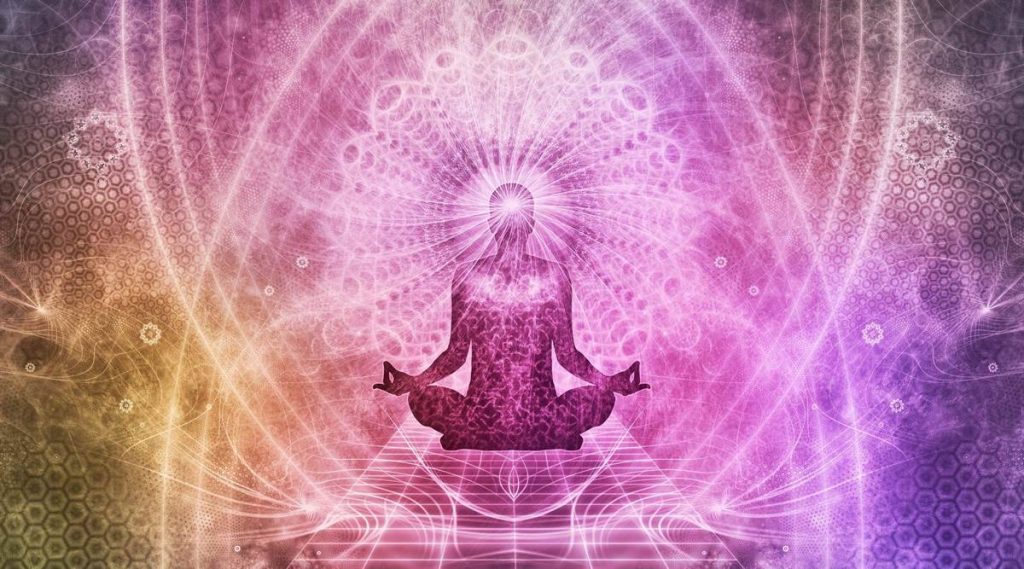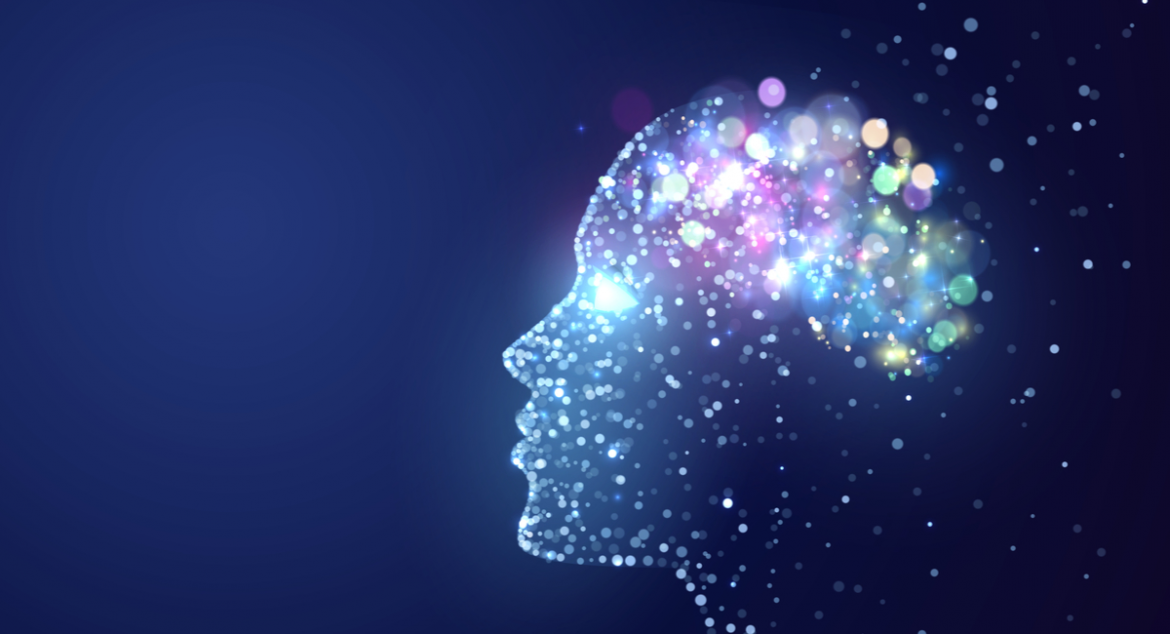In his book, ”The Neanderthal’s Necklace,” Juan Luis Arsuaga, a paleo-anthropologist and professor at the University of Madrid, provides a cogent discussion of consciousness. Arsuaga poses a provocative question in a section entitled “Darwin vs. Wallace”: “Did human consciousness come into existence through incremental changes, or through ‘one great qualitative leap?’”
This is urgently worth delving into, because it pertains to an essential leap in consciousness, which has to occur if humanity is to adequately respond man’s self-made climate and ecological crisis. Simply put, human beings have to make the leap from consciousness based on symbols, thought and self-centeredness, to a consciousness based on awareness, attention and insight.

The universal phenomenon of so-called mystical experience provides the template for this leap in consciousness. Of course by definition, ‘mystical experience’ is hard to define. For that reason, it has been the domain of religions and theology. But there is a language for mystical experience that fits our scientific age, and yet does not reduce and detract from the essential character of altered states of consciousness.
Arsuaga employs two useful models in looking at the evolution of thought-based consciousness, which are also applicable in examining mystical experience and the transmutation of human consciousness. The first is a concept called “emergent properties,” derived from systems theory. The second is the terminology of adaptation and exaptation.
Ian Tattersall, of the American Museum of Natural History, maintains that “cognition and language emerged in functional contexts distinct from their present one’s.” In Tattersall’s view, our large brains and vocal apparatus “were initially unable to produce either cognition or language.” But when “new neurological pathways established the necessary connections,” the mind as we know it came into being as an “emergent property.”
Scientists refer to an evolved characteristic that does not change as an adaptation. A characteristic or function that evolved for one purpose but comes to be used for another is called an ‘exaptation.’ Feathers are the quintessential example of an exaptation. They evolved as excellent “thermal insulators on the bodies of a certain group of dinosaurs, but came to be used by birds, a subgroup of the plumed dinosaurs, to enable flight.”
As Arsuaga points out, “any innovative rearrangement of elements has the potential to endow the system with a revolutionary new property.” Though he believes, unlike Tattersall, that language and cognition are adaptations and not exaptations, the exaptation scenario for the evolution of conscious thought rings true to me.
Thus, the early human mind was able to evolve from subconscious and imitative learning in Homo ergaster and early Homo sapiens (as well as Homo sapiens neanderthalis) to creative and self-reflective symbol manipulation (what we call ‘higher thought’) in Homo sapiens sapiens. Are we in the midst of undergoing another radical change in consciousness, this one requiring full conscious awareness? Or will man continue to decimate the earth?
As we can see from the state of the world, consciousness based on thought is producing increasing division, conflict and fragmentation. Homo sapiens has become a planet killer, and the contradictions and pressures of the old consciousness are necessitating an evolutionary leap to a new order of consciousness altogether.
Intensely but passively observing the chatter of thought in the mirror of nature gathers sufficient undirected attention to quiet the mind, and allow experiencing the wholeness of nature and the universe. The West calls this state “mystical experience,” and the East calls it “samadhi,” but the name doesn’t matter. It is the action/inaction of passive awareness that enables the brain to gather attention and awaken the state of insight.

Human consciousness as we’ve known it for tens of thousands of years has reached its limit. But it remains to be seen whether we are, as a species, in a messy transition to a new order of consciousness. Merging with AI has nothing to do with the emergent consciousness, except to make thought-based consciousness redundant and inferior in the human brain.
The vast majority of people of course, don’t want to change, much less bring about a transmutation of their brains. But the pressure for radical change is increasing exponentially in human consciousness, and the earth and cosmic intelligence are compelling transmutation in the individual.
As individuals, we face a tremendous existential choice: Become increasingly unconscious, self-centered and unaware, as most people are, thereby contributing to a race to the bottom; or grow in attention and awareness, and help humanity make the transition to a new consciousness altogether.
Martin LeFevre

